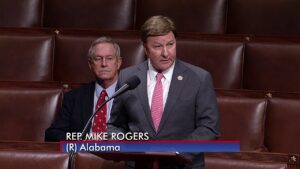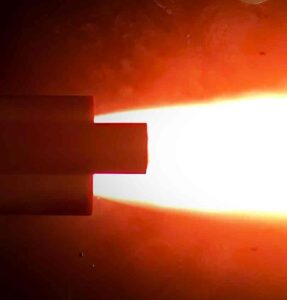
The House Armed Services Committee on Wednesday began considering its $886 billion fiscal year 2024 National Defense Authorization Act, with lawmakers eyeing the uncertainty on the appropriations process after the panel completes its work on the defense policy bill. With the topline settled after the debt ceiling bill passed earlier in June set a defense spending cap for FY ‘24, HASC’s markup began with debate around amendments related to divesting of older platforms within Air National Guard fighter squadrons and…

 By
By 











